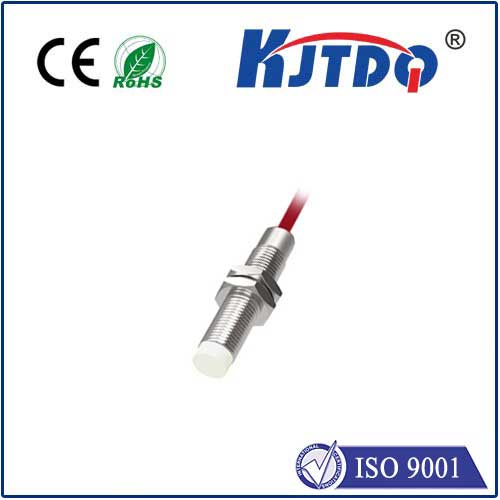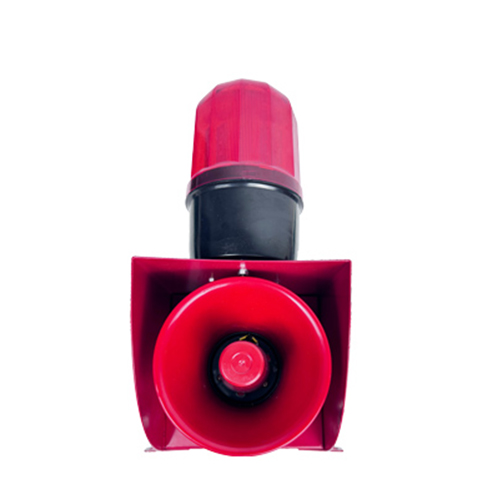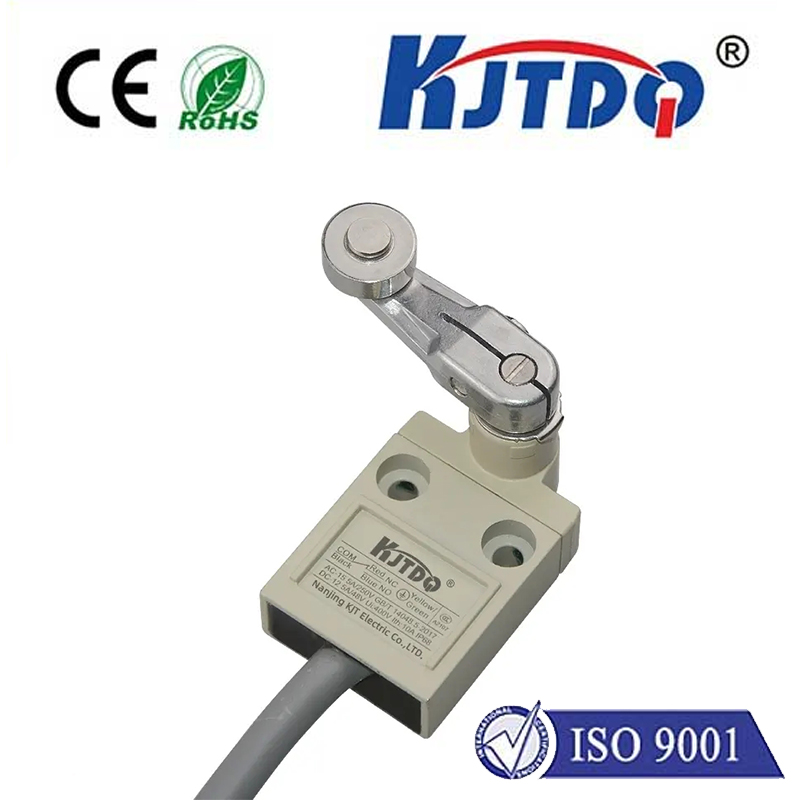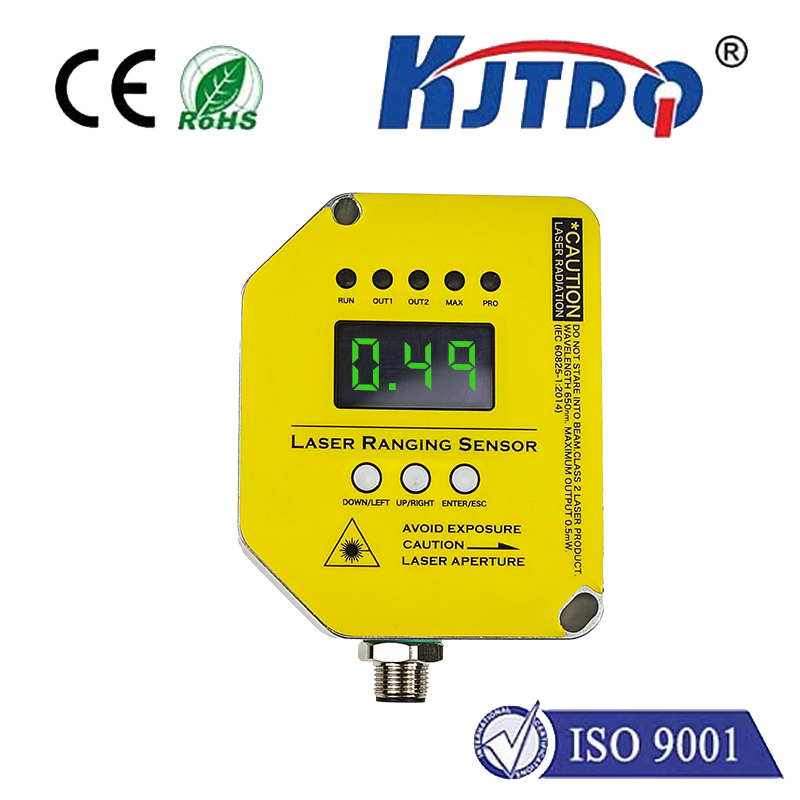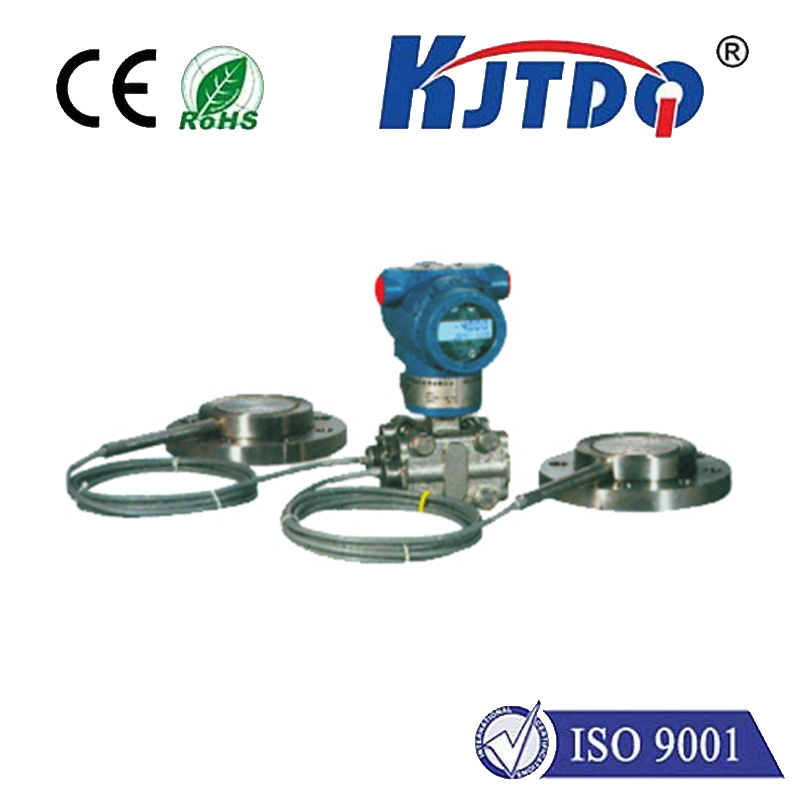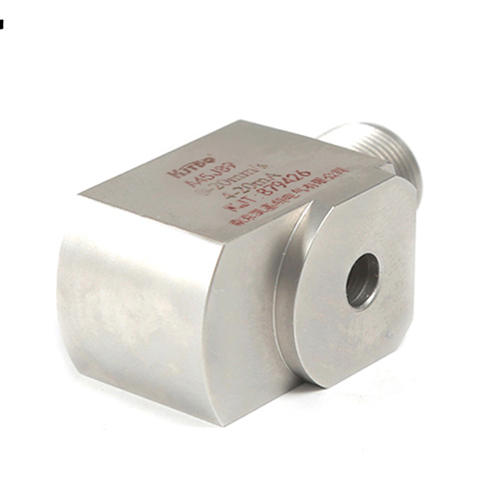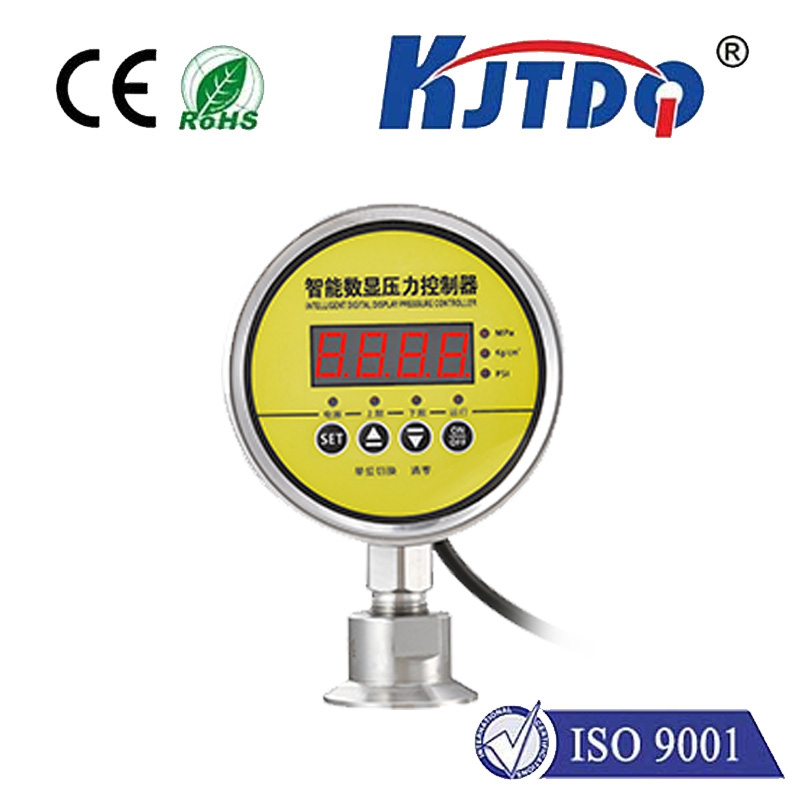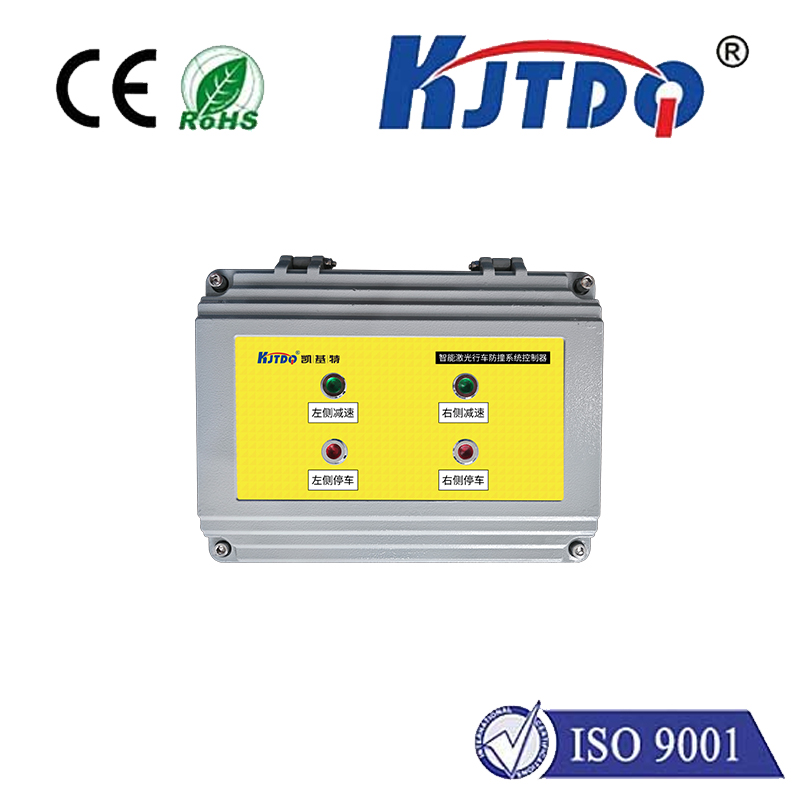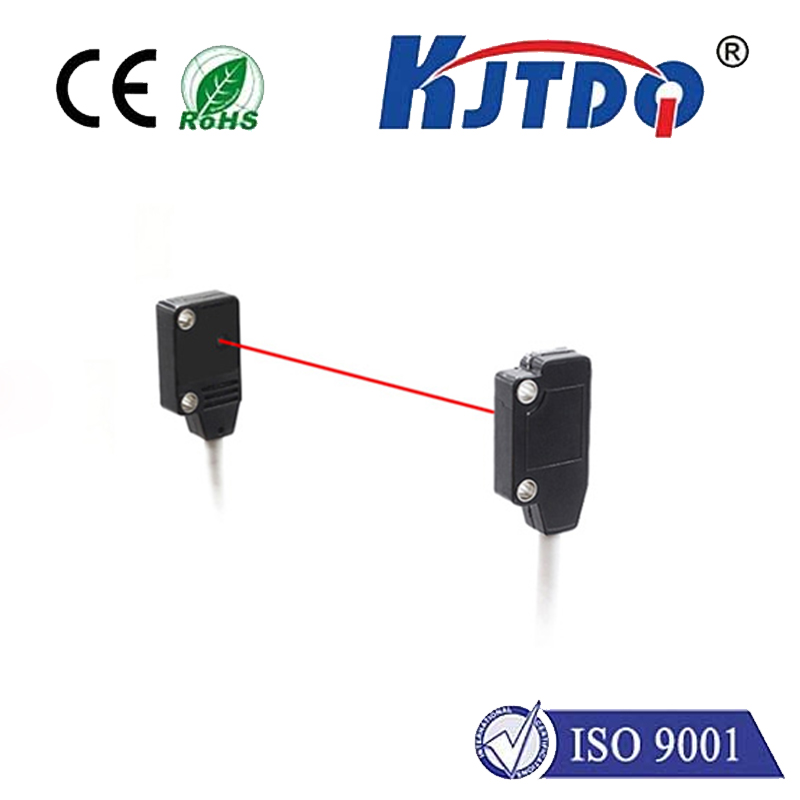

check

check

check

check

check

check

check

check

check

check

Title: An In-depth Look at the Inductive Proximity Sensor Switch Introduction In the world of automation and sensing technology, the inductive proximity sensor switch is a device that has gained significant attention. This switch operates based on the principle of electromagnetic induction and is widely used in various industrial applications to detect the presence of metallic objects without any physical contact. In this article, we will delve into the working of an inductive proximity sensor switch, its applications, advantages, and limitations. How Does an Inductive Proximity Sensor Switch Work? An inductive proximity sensor switch consists of a coil of wire wrapped around a core. When an alternating current flows through the coil, it generates a magnetic field. If a metallic object comes within the range of this magnetic field, the induced eddy currents in the metal oppose the change in the magnetic field. This causes a change in the impedance of the coil, which is detected by the electronic circuitry connected to the coil. The sensor then sends a signal to indicate the presence or absence of the metal object. Applications of Inductive Proximity Sensor Switches Inductive proximity sensor switches are used in a wide range of applications due to their non-contact nature and reliability. Some common applications include:

